To sum it up, American existence is fundamentally tied to credit. It’s an indisputable fact that a lack of robust credit could detrimentally impact your career opportunities, prevent you from securing housing rentals, or cause difficulty in qualifying for loans. Considering the American way of life, there is often a necessity for loans during various stages of life, for example, for education, vehicle acquisition, or home buying. In certain situations, loans may even be taken on to settle other debts. This ongoing cycle can cause confusion for outsiders, put numerous Americans in precarious debt situations, and keeps a significant portion of Wall Street prosperous. The typical American household is burdened with credit card debts that run into several thousand dollars. What’s even more concerning is that a substantial number of these families consciously accept this debt load. Moreover, an average American tends to have multiple credit cards. The advantage of a credit card is its ability to facilitate purchases without immediate cash availability. As long as you’re dedicated to making the minimum monthly payments, it seems manageable, doesn’t it? Nevertheless, this strategy only works if you don’t mind becoming a sort of financial prisoner. In the following discourse, we’ll touch on some important aspects regarding debt and credit cards. To encapsulate this – if you don’t possess the know-how to responsibly manage a credit card, it’s better not to have one. Proceed to uncover 25 Interesting Facts About Credit Cards You May Not Know.
There are enough credit cards in circulation to wrap around the Earth at the equator three and a half times
 Sources: MasterCard, Visa, CreditCards, Image: wikipedia
Sources: MasterCard, Visa, CreditCards, Image: wikipedia The first general credit cards were made out of paper and had a limit of $300
 Source: msn.com, Image: wikipedia
Source: msn.com, Image: wikipedia The reason credit cards expire is because the magnetic strip suffers a lot of abuse. Typically it will last around three to four years.
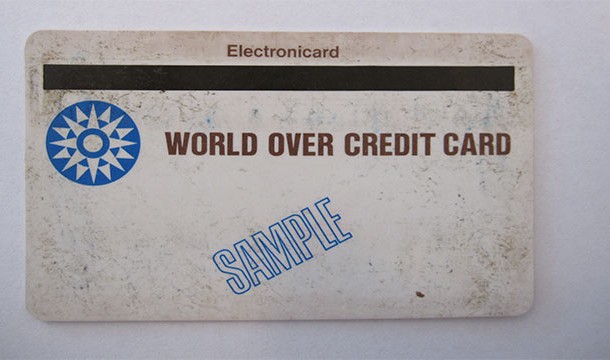 Source: pbs.org, Image: wikipedia
Source: pbs.org, Image: wikipedia This means that you can technically still use your credit card after it expires as long as you are not asked for the expiration date (ever notice that all the other details stay the same?)
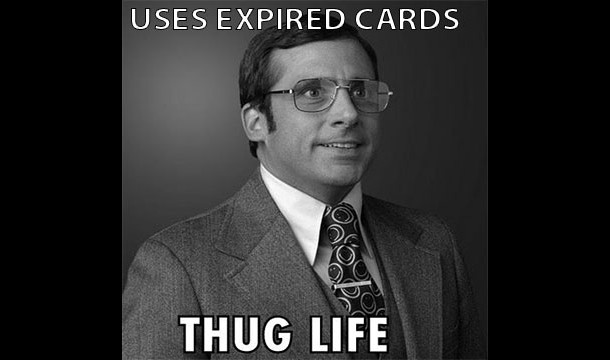 Source: lifehacker
Source: lifehacker Credit cards follow the Luhn algorithm, which is a checksum test on a number. It can tell you if the card is valid or not.
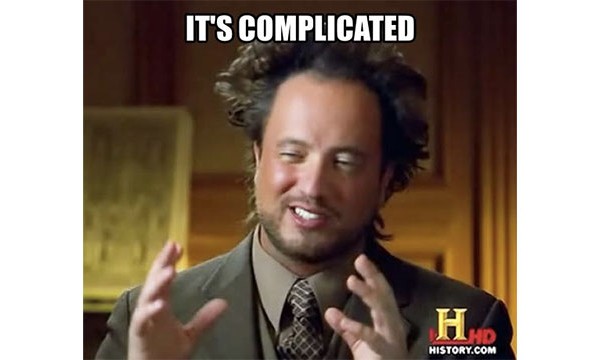 Source: wikipedia
Source: wikipedia To see it in action, start on the right and double each second digit (2121 would become 4141). Then add them together and you should end up with a number divisible by 10. If not, the card is not valid.
 Source: creditcards.com, Image: freestockphotos.biz
Source: creditcards.com, Image: freestockphotos.biz The average American household receives 6 credit card offers every month
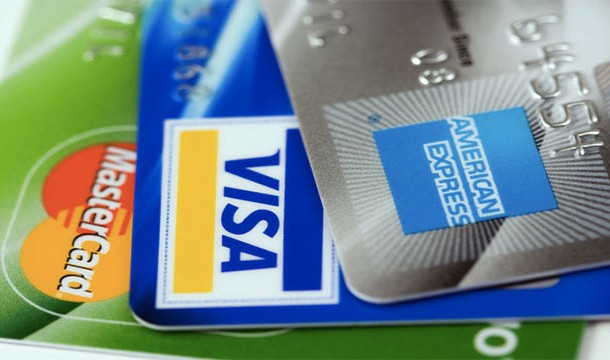 Source: Weston, Liz. 2012. Your Credit Score: How to Improve the 3-Digit Number that Shapes Your Financial Future, Image: wikipedia
Source: Weston, Liz. 2012. Your Credit Score: How to Improve the 3-Digit Number that Shapes Your Financial Future, Image: wikipedia In 2006, credit card companies earned more than $90 billion in interest
 Source: businessinsider
Source: businessinsider VISA stands for Visa International Service Association. This is known as a recursive acronym because it refers to itself.
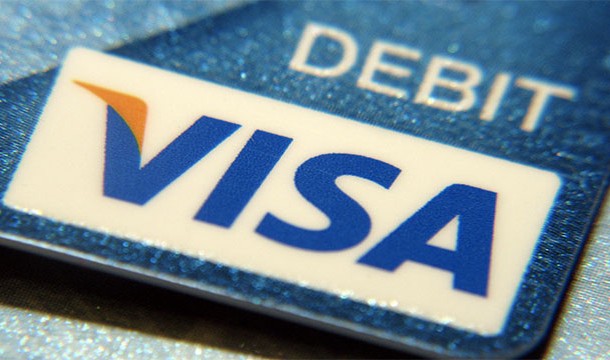 Source: wikipedia, Image: frankieleon via flickr
Source: wikipedia, Image: frankieleon via flickr On the VISA logo, the blue represents the sky and gold represents the hills in California which is where Bank of America was founded (VISA used to belong to Bank of America)
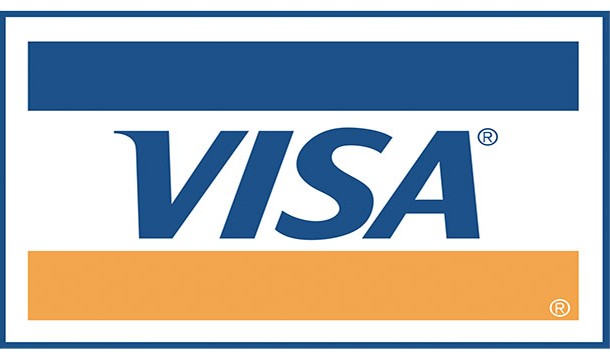 Source: Hyman, Louis. 2012. Borrow: The American Way of Debt, Image: wikipedia
Source: Hyman, Louis. 2012. Borrow: The American Way of Debt, Image: wikipedia Every second there are more than 10,000 credit transactions around the world
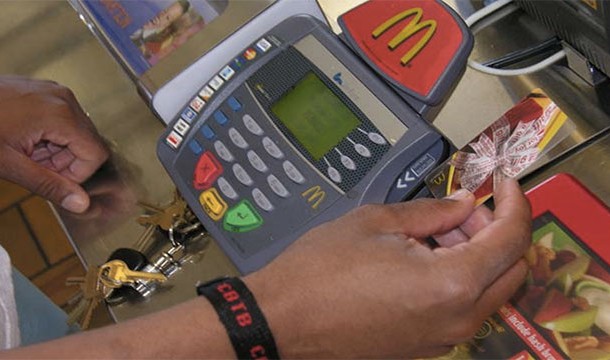 Source: nytimes, Image: wikipedia
Source: nytimes, Image: wikipedia All credit cards are the same size (85.60 mm x 53.98 mm)
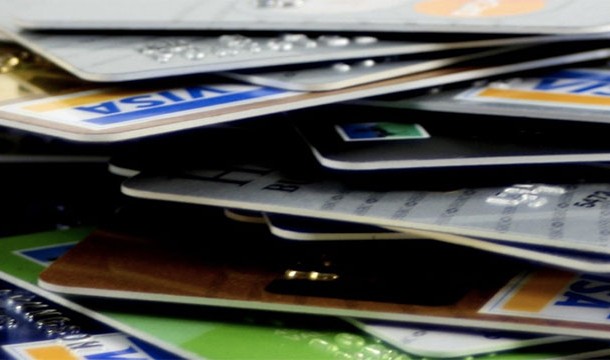 Source: wikipedia, Image: thebluediamondgallery.com
Source: wikipedia, Image: thebluediamondgallery.com The average credit card debt for an American adult in 2013 was nearly $5,000
 Source: foxbusiness.com
Source: foxbusiness.com Women are more likely than men to pay the minimum amount and carry a credit card balance
 Source: Weston, Liz. 2012. Your Credit Score: How to Improve the 3-Digit Number that Shapes Your Financial Future, Image: pixabay
Source: Weston, Liz. 2012. Your Credit Score: How to Improve the 3-Digit Number that Shapes Your Financial Future, Image: pixabay The minimum payments on credit cards are so low because they are specifically designed to get people into debt
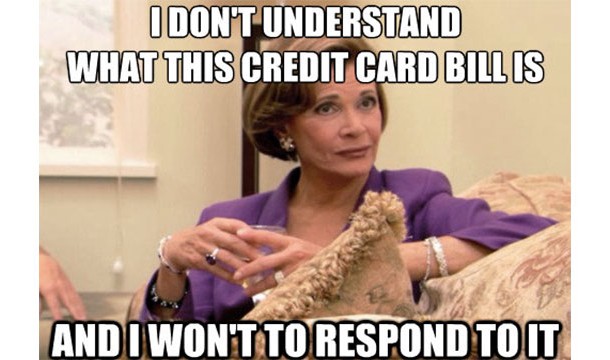 Source: pbs.org
Source: pbs.org This is because credit card companies only make money when you don't pay off your debt at the end of each month. Why? They make their money on interest and late fees.
 Source: pbs.org
Source: pbs.org If you ever make transactions online or over the phone, know that it is illegal for a vendor to require personal information of you. If you do not want to give out your home address, for example, they cannot deny the transaction.
 Source: businessinsider, Image: freestockphotos.biz
Source: businessinsider, Image: freestockphotos.biz The average American consumer has 1.96 credit cards
 Source: creditcards.com
Source: creditcards.com Credit cards are the most profitable sector in the banking industry. It rakes in more than $30 billion annually
 Source: creditcards.com
Source: creditcards.com Because they don't make any money off of them, credit card companies have a name for someone who pays off their debt every month: "deadbeat"
 Source: wsj.com
Source: wsj.com The first digit of the card represents the type of card: 1 and 2 are for airlines; 3 is for entertainment and travel; 4, 5, and 6 are for banking; 7, 8, and 9 are for other uses
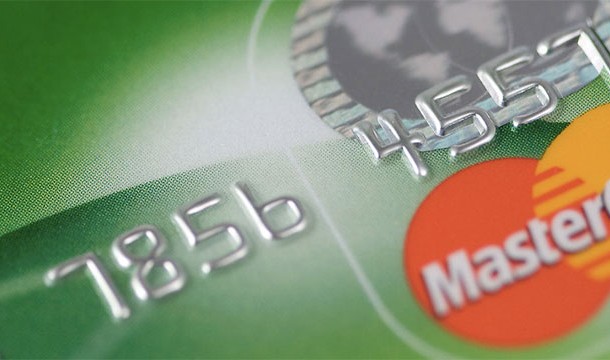 Source: wikipedia, Image: freestockphotos.biz
Source: wikipedia, Image: freestockphotos.biz VISA cards start with 4 while American Express starts with 34 or 37. MasterCards is 51 through 55
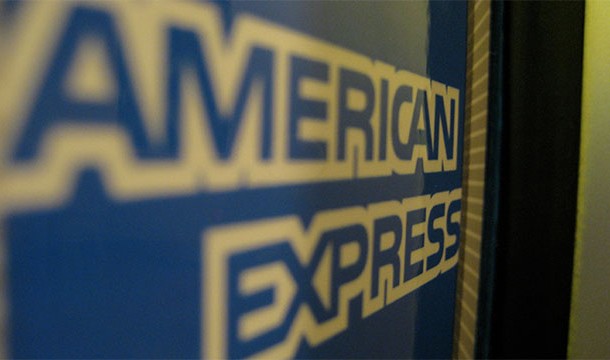 Source: wikipedia, Image: wikipedia
Source: wikipedia, Image: wikipedia Even if you make your credit card payments on time, the credit card bank is allowed to raise interest rates if you don't make other payments (house, car, etc)
 Source: msn.com
Source: msn.com Credit card companies only have to give you 15 days notice before changing the terms of your contract
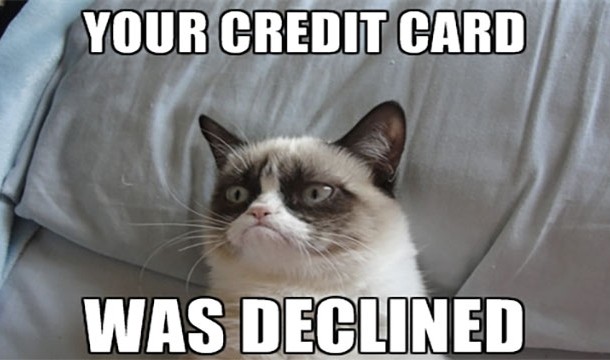 Source: intuit.com
Source: intuit.com Due to the recession and stricter laws, millennials are less likely to own credit cards than their parents. Given the massive outstanding debt, hopefully the trend continues (although the credit card companies certainly aren't happy about it)
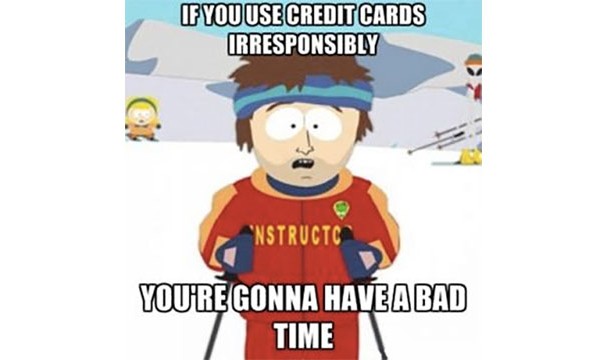 Source: businessinsider
Source: businessinsider 


























